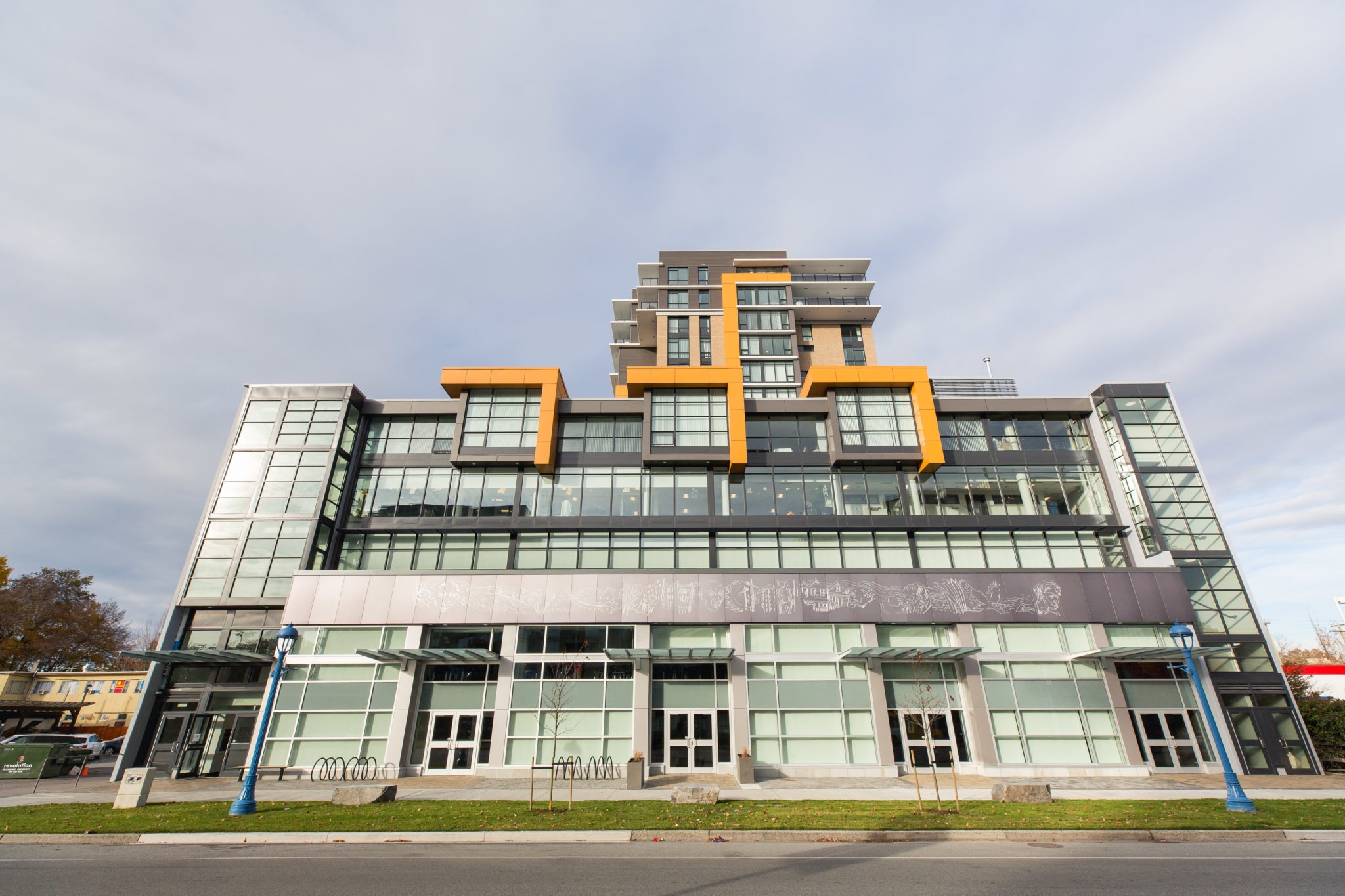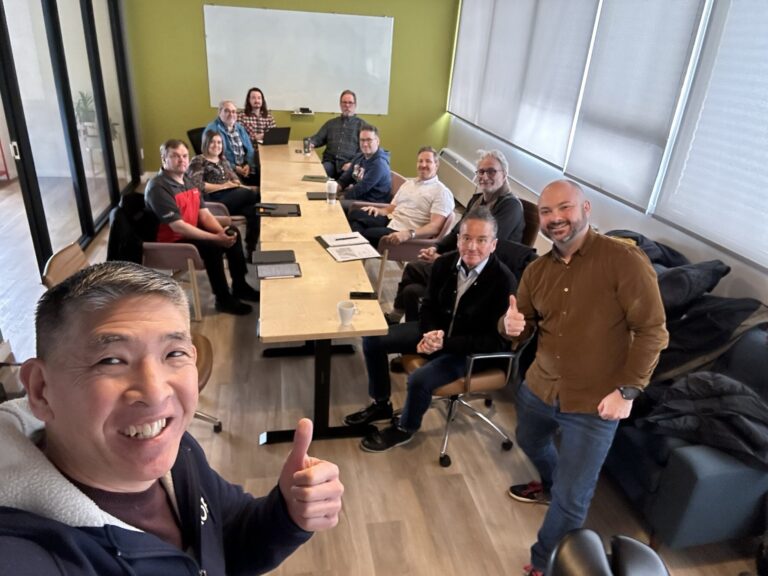
2 May 2018
Case Study: Richmond Homelessness Strategy
Homelessness in Richmond is often not a topic that catches much public attention, especially with the far more visible homelessness challenges in neighbouring Vancouver. But homelessness is an issue for the City of Richmond too, with 70 individuals identified in the 2017 homeless count. These numbers, while helpful and an essential starting point, can also obscure the truth.
Urban Matters CCC team has had the opportunity to deliver upon a number of homeless counts, including the Province of BC and City of Vancouver this year. We know these counts are just a point in time, and significantly under-count the real number of homeless people in our communities. In 2014, when 38 individuals were identified by the count in Richmond, service providers estimated there were closer to 200 homeless or at risk of homelessness in Richmond – where the numbers are today, it’s hard to say.
Recognizing this large and growing challenge the City of Richmond decided it needed to update its Homelessness Strategy in 2017. The City deployed a co-creation process for the strategy update with the critical stakeholders, including various shelter and service providers, public health representatives, and law enforcement, among others. Urban Matters CCC was fortunate to be part of the collaboration, and partnered with the BC Non-Profit Housing Association to deliver upon a needs assessment, research and a best practices review, a collaborative engagement process with local service providers and stakeholders, a public engagement element (including engagement with those with lived experience), and finally the creation of the Strategy.
The challenge in addressing homelessness is never as simple as identifying the assets and the service gaps that need to be addressed. The challenge is turning knowledge of what is needed (knowledge held by those in the community, those closest to the issue), into real outcomes for people. It is rarely primarily a knowledge gap anymore, its an execution gap. What are the main barriers? Generally, things tend to bog down around constrained resources and unclear responsibilities and leadership across a host of service providers.
The solutions we need to generate are usually some combination of prioritization of activities, securing additional resources while making existing resources more efficient, and developing an effective framework for on-going coordination and collaboration. These are the enabling elements we’re most excited to focus on, where we’re playing to our strengths – recognizing the community partners will know where and how to apply solutions.
The really critical piece is coordination of activities and collaboration across a diverse group of actors in the homeless servicing ecosystem. This is essential to work toward both effective use of existing resources, and for securing investments to support addressing the issue. The various actors often have different mandates and approaches, and, these organizations, having evolved over time and organically, often employ substantially different operational methods. This is by no means a bad thing – diversity allows for all kinds of specialization and learning that may not be possible all under the same roof – but it can also create challenges in working toward enhanced coordination and collaboration, and often wasted resources.
Coordination and collaboration across the spectrum of service providers is also often challenged by a lack of an effective means for the sharing of information sharing. This is often a solvable technical issue but remains an issue nonetheless. Information sharing at some level is critical for aligned, and regular prioritization and potentially collaborative action – people need to be working with all the facts, and the full picture, not just their slice of it.
NIMBY (Not In My Backyard) is another major barrier communities face when considering this issue, and it is no different in Richmond. With the right strategies and some collaborative practices, service providers in Richmond may be able to more effectively engage with the public, and work with the public to move past fear, distrust, and misconceptions. On the other side, collaboration, shared information, and effective prioritization may lead to better outcomes when pursuing additional resources, especially with senior levels of government.
We’re excited to explore these opportunities to improve outcomes in Richmond. While the approaches and opportunities outlined above may seem simple – it’s far from easy, relationships and collaboration take time and hard work, and it’s a fine line between effectively collaborating, and getting out of the way of community organizations doing what they do best. As always it comes back to co-creation – we, and the City of Richmond, are working with the front line service providers to learn what they need to do their work, what we can do to provide them with the right tools and support, so that together we can continue to address homelessness in Richmond.
For more information:
Matt Thomson, Community Housing Lead. mthomson@urbanmatters.ca




